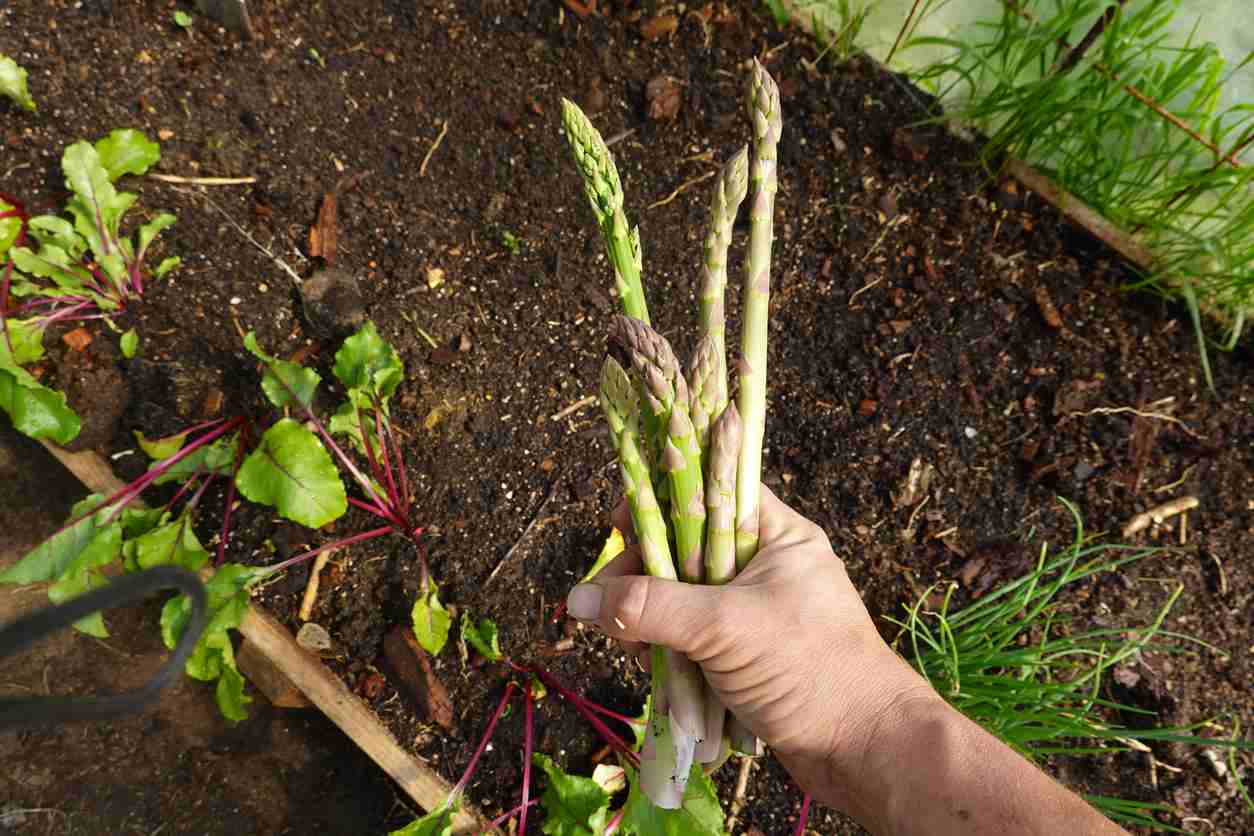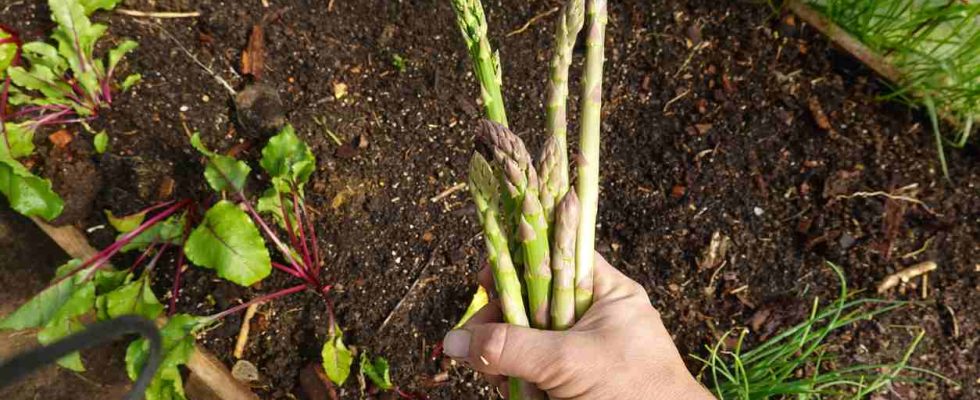
Some practical information about asparagus
From the Asparagaceae family, asparagus is a very hardy vegetable plant that grows mainly underground and resists all types of climate. In the 18th century, it was nicknamed “the aristocrat of vegetables” and is, today, also called “turion”. Asparagus comes in different varieties, the main differences of which are as follows:
- Precocity : Some of the varieties are earlier and others later, which allows you to spread out the harvests.
- Color : Some varieties are white, others green or purple. White asparagus is the most common, has the finest flavor and is the only one that only grows underground. Their disadvantage compared to green asparagus, for example, is that they must be peeled before eating.
If you want to start an asparagus grove, you will have to buy vines to put them in the ground. The claws correspond to the root system of the plant, which started from a seed and put 1 to 2 years to develop. From these claws, the long and thin stems will then develop which are so popular, whether as a starter or main course, raw or cooked.
Where to plant asparagus?
Asparagus stalks should preferably be installed in deep, well-drained, rich and rather sandy soil. This last criterion is important because this type of soil has the advantage of warming up quickly. Don’t worry, if the soil on your land is more classic, they will be happy with it, but cold and wet soils do not suit them at all.
On the exhibition side, favor a location in the sun, although they can adapt to a location in partial shade. What’s also important to know is that asparagus is difficult to combine with other crops. If you want to grow them, you must therefore reserve a location just for them.
Planting period
Asparagus canes can be planted between February and April. To do this you must have prepared the ground beforehand, the best time to do this being autumn, as the ground is not yet frozen. But if you live in an area with a milder climate, you can do it later.
If you want to start your crop from asparagus seeds, you must then sow your seeds in a nursery between March and June. In this case, as we saw previously, you will only get claws after 1 year, in the best case. This means that you delay planting the claws for 1 year, or even 2.
If you are used to gardening with the moon, plant your asparagus on a descending moon, on a root day.
Planting asparagus crowns
To plant asparagus crowns, you can proceed as follows:
- To begin with, dig trenches about thirty centimeters deep by about thirty centimeters wide, spacing them from each other by approximately 2 meters.
- Between each trench, leave the earth that you evacuated to make your trench so as to create a small mound.
- You must then loosen the earth which is at the bottom of each trench. Be careful, the goal is not to turn it over, but only to decompact it so that the compost or any other fertilizer can be easily incorporated.
- At the bottom of each trench, make a small mound of earth about 8 cm high.
- Now is the time to install your claws on the small mounds in the trenches, taking care to spread the roots correctly. Leave a space of approximately 80 cm between each claw.
- Next to each claw, plant a stake in order to identify its location, but also to support the growth of the asparagus during the first years.
- To finish, cover the claws with earth to a thickness of approximately 6 cm.
Maintaining your asparagus grove
During the first year of cultivation, the plant will settle in and get comfortable. During this year, certain tasks should not be neglected:
- In summer, water regularly, but not excessively. The best solution is to install a drip irrigation system. We must not forget that asparagus hates humidity.
- Weed regularlyt your asparagus grove.
Over the years, other tasks will be added to those necessary during the first year:
- Every year, at the beginning of spring, you must make a mound 50 cm high along the entire length of the trench.
- You can carry out fertilization every year.
- Also proceed to regular hoeing to ensure better water penetration into the soil.
- Every fall, Lower your rows of asparagus by cutting the aerial stems 10 cm from the ground before leveling the ground.
The asparagus harvest
From the third year, and especially not before at the risk of compromising the good development of your plants, you can proceed to harvest the first shoots. But don’t dream, you will only be able to harvest one or two, because it is only after the fourth year that you can hope to have a normal harvest.
For this harvest, the ideal tool is a gouge, because it allows you to delicately search for the spears in the depths of the soil.
Asparagus diseases and pests
Even though they are the aristocrats of vegetables, asparagus is not immune to diseases and parasites:
- The asparagus beetle: In the event of a significant invasion of leaf beetles, it will be essential to intervene with a pyrethrum-based solution.
- Fusarium wilt : A fungal disease against which it is possible to fight with horsetail decoctions.
- The asparagus fly : To protect your asparagus grove, you can use tansy manure.
- Asparagus rust : This disease is favored by heat and humidity. To protect your asparagus from this disease, you can spray it with a horsetail decoction.

